Educational Assistance Benefits
 Understanding Educational Assistance
Understanding Educational Assistance
Maybe you’re looking for a job and trying to compare the benefits packages of several different companies. Maybe you’re thinking about getting a degree and wondering whether your employer can help with the costs. The purpose of this post is to help you understand educational assistance so you can better understand your higher learning options. Obtaining new skills or a higher degree can enhance your job productivity and open new opportunities for career advancement. Educational assistance is a voluntary benefit that some employers offer to help you reach your educational goals.
What Are Educational Assistance Benefits?
The purpose of educational assistance is to help you further your formal education. The benefits might include money for tuition, supplies, and flexible scheduling. Plans range from partial reimbursement for specific job-related courses to full reimbursement for an entire degree program. Your employer may also offer flexible work scheduling to make getting to classes easier.
What Do Educational Assistance Benefits Provide?
These are some of the expenses that educational assistance programs may cover:
- Tuition for job-related classes
- Tuition and fees for degree program courses
- Tuition for classes that are not specifically relevant to your job or career path
- Online or distance learning courses
- Required textbooks
- Required supplies and equipment
- Various fees and expenses that are added to the tuition bill (for example, an entrance exam fee)
- Required licensing classes (guidelines may be included in the educational assistance program or in a separate policy)
Expenses that are generally not covered include the following:
- Tools and supplies that you keep after the class concludes
- Meals
- Lodging
- Transportation and parking costs
In addition to financial assistance, educational assistance benefits might also feature flexible work schedules or telecommuting to accommodate class and exam schedules.
How Does Educational Assistance Work?
With most educational assistance programs, your eligibility for benefits depends on your employment status. You typically have to be a regular, full-time employee in order to qualify, although some companies may include part-time workers as well. Also, you will likely have to be employed with the company for a certain length of time, such as six months or a year, before becoming eligible for educational assistance benefits.
How Reimbursement Works
Employers have several options regarding how to deliver educational assistance. Some companies may pay the school directly at the beginning of the course. Others may reimburse you after receiving proof of satisfactory completion.
Reimbursement levels also vary according to company policy. Educational assistance benefits may be limited to a certain number of classes per semester, dollar amount per year or other factors such as relevancy to your current job or career path. Whether or not the courses are part of a degree program may also affect eligibility.
Some employers may reimburse you according to the grade you received in the class. For example, you may be reimbursed 100 percent for an A grade, 75 percent for a B, 50 percent for a C and no reimbursement for a D or F. Likewise, a pass/fail course might be reimbursed 100 percent for a passing mark and nothing for a failed course.
Employment Requirements
In addition, if you take advantage of educational assistance benefits, your company may require that you remain at your job for a specified minimum amount of time, such as 18 months. Employers typically provide this voluntary benefit because they consider it an investment in you as you contribute to their success. If you leave the company within that time frame, you may be responsible for paying back part of the educational cost that they covered.
Educational assistance benefits may also have tax implications. According to the Internal Revenue Service (IRS), up to $5,250 of qualified educational assistance from your employer is tax-exempt each year. You can visit www.irs.gov/publications/p970/ch11.html for more information.
